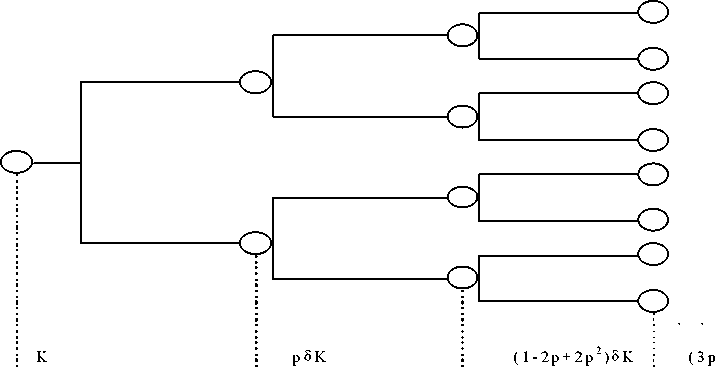Figure 1: Probability tree of electoral gains

-6p2 + 4p2) δ K
The development of the payoffs during electoral periods is:
11 = K[1 + pδ + (1 - 2p + 2p2)δ2 + (3p - 6p2 + 4p3)δ3 +
, ... 1 „ . 1 δ•
+ (1 -4p +12p2 - 16p3 + 8p4)δ4...(≡ 1)δ’-1 + (≡ 2-)-—-]
2 2 (1 - δ )
At time t = 0 (current electoral period), Party I is the incumbent and enjoys K utils. During this
period she spends x0 and obtain a probability of being re-elected p. Thus, during the second
electoral period she will be in office (in) with probability p, or in the opposition (out) with
probability (1 - p). The expected discounted payoff for this second period is then equal to δ
[pK + (1 - p)0]. The analysis of the third period includes four possible cases, in two of them
Party I is in office with her payoff being equal to δ 2 (1 - 2p + 2p2). For periods occurring far
into the future the probability of being in office converges to a half. Also, note that due to the
presence of discounting, expected gains get lower as times goes on.
Next the situation depicted by the probability tree will be presented in a more formal manner. In
general, at time t the total expected pay-off for the incumbent (Party I) is given by:
(1) It = p(xt )δt+1 I}+1 + [1 - p(xt )]δt+1 I0+1 + K
(2) I0+1 = [1 - q ( x∣+1 )] δt+2 I1+ 2 + q ( x⅛ ) δt+2 I0+ 2
where: Iz1 = 11( Wt ) ; Γm = 11( Wt+ r - x 1) ; ⅛2 = 11( Wt + 2 r - x 1 - x 2)
More intriguing information
1. The name is absent2. Impacts of Tourism and Fiscal Expenditure on Remote Islands in Japan: A Panel Data Analysis
3. Licensing Schemes in Endogenous Entry
4. Heterogeneity of Investors and Asset Pricing in a Risk-Value World
5. The name is absent
6. The name is absent
7. The name is absent
8. The Impact of Individual Investment Behavior for Retirement Welfare: Evidence from the United States and Germany
9. Non-causality in Bivariate Binary Panel Data
10. CROSS-COMMODITY PERSPECTIVE ON CONTRACTING: EVIDENCE FROM MISSISSIPPI